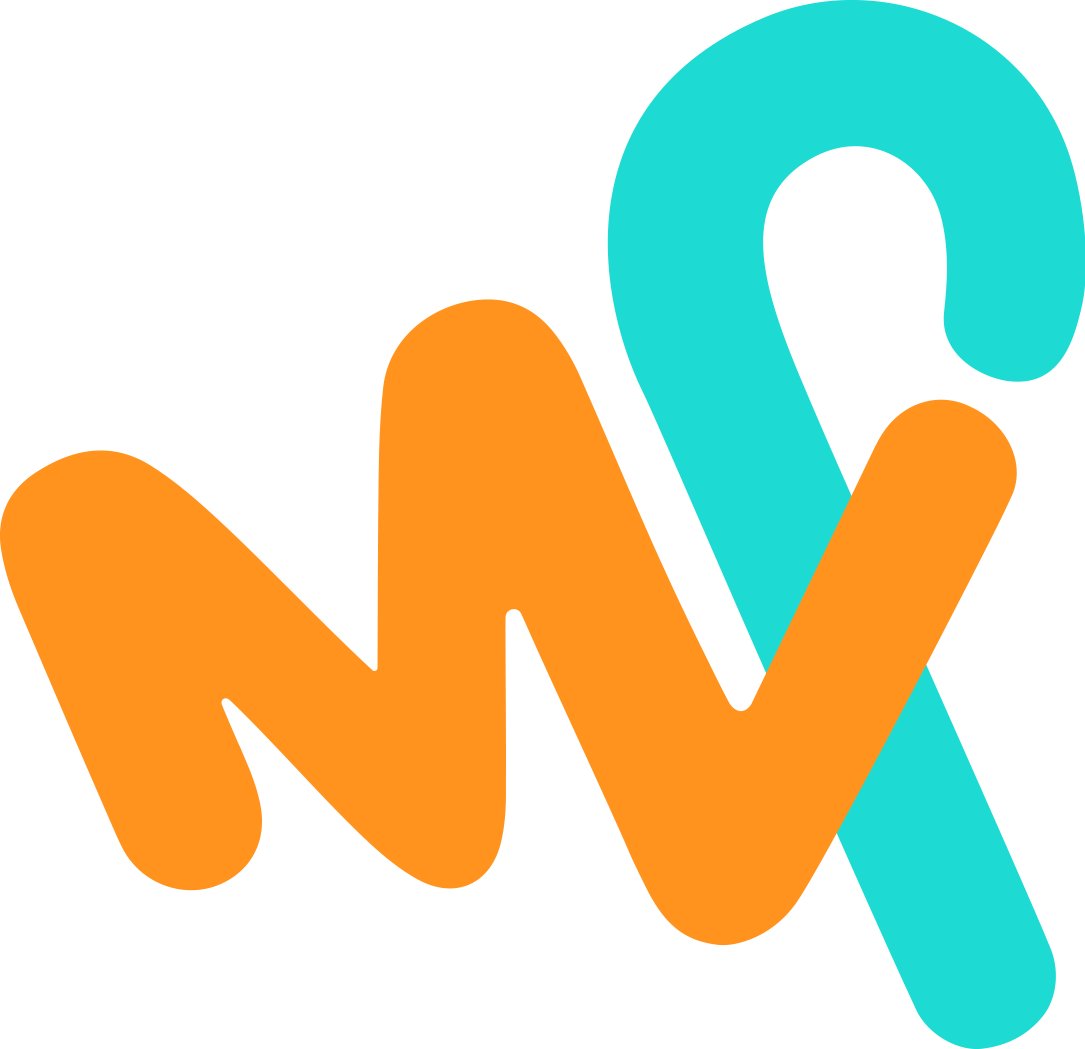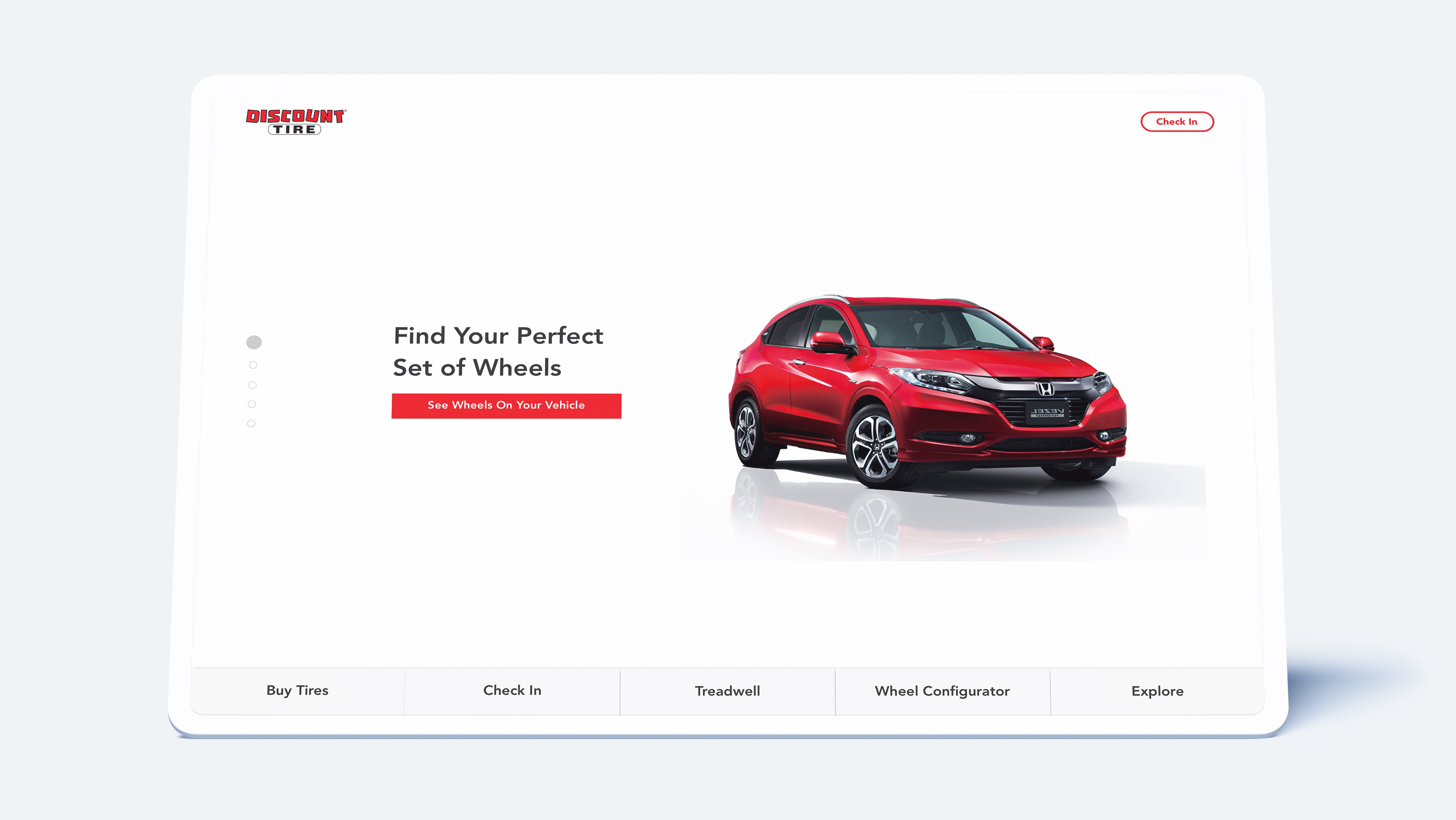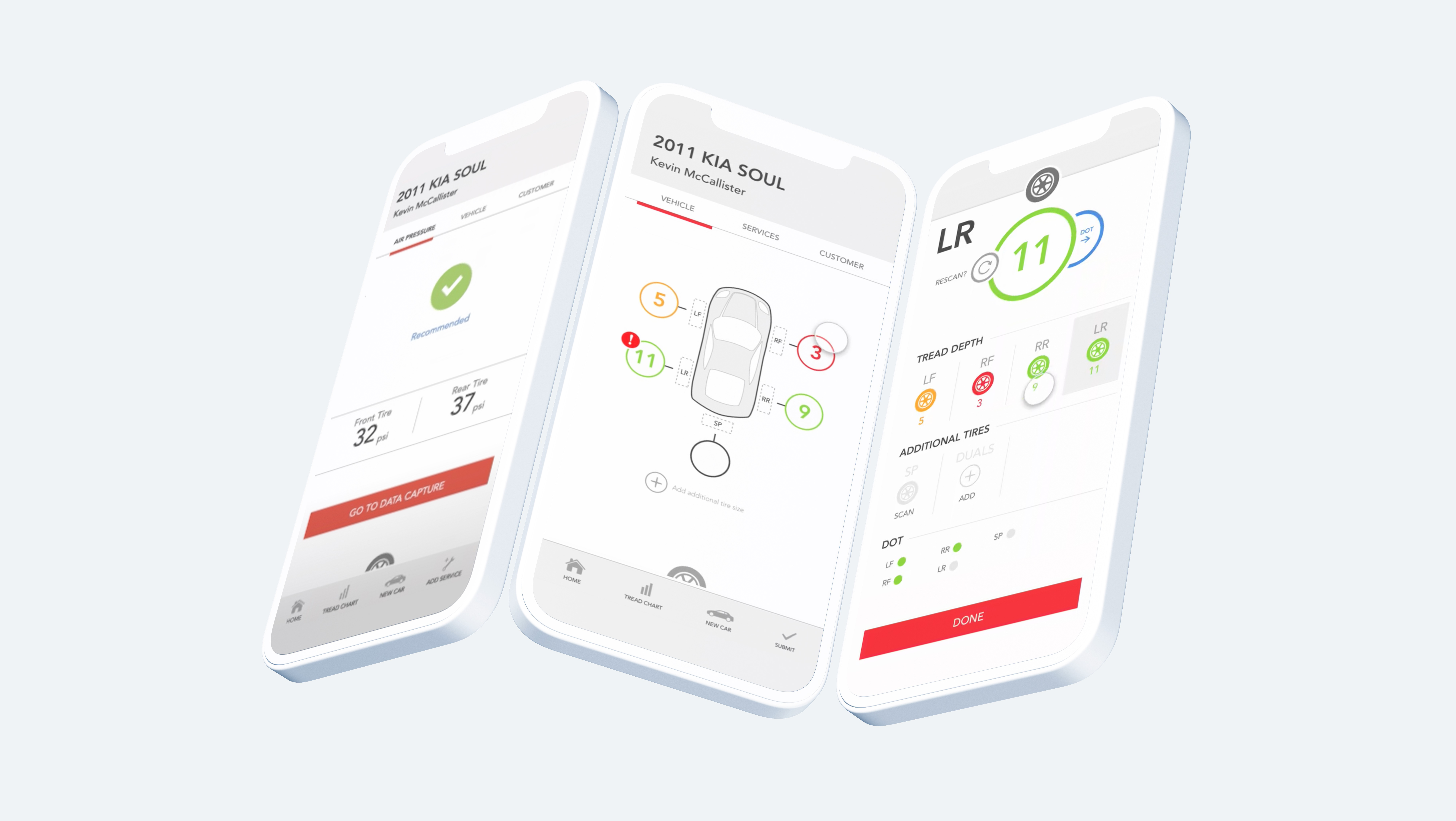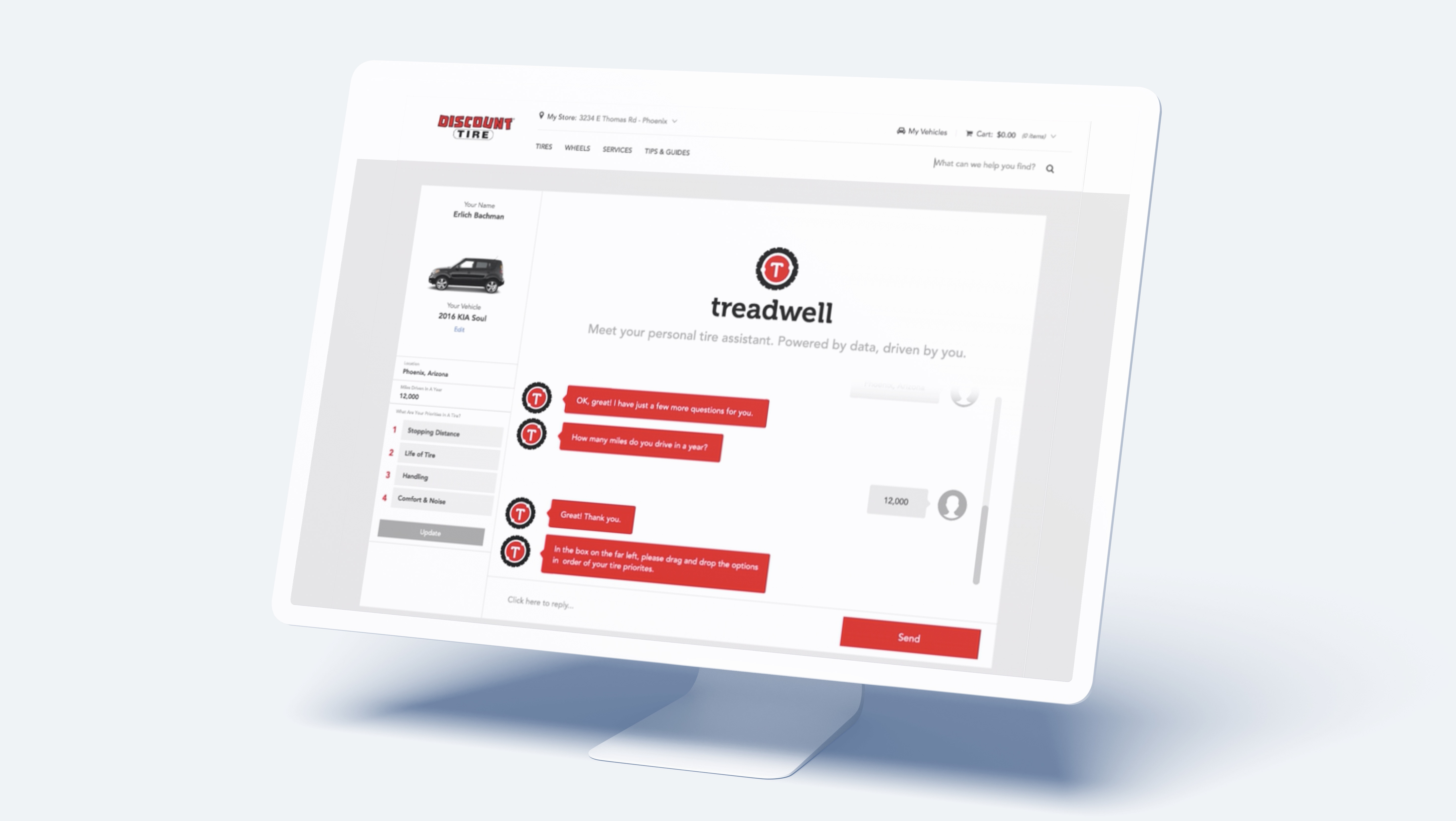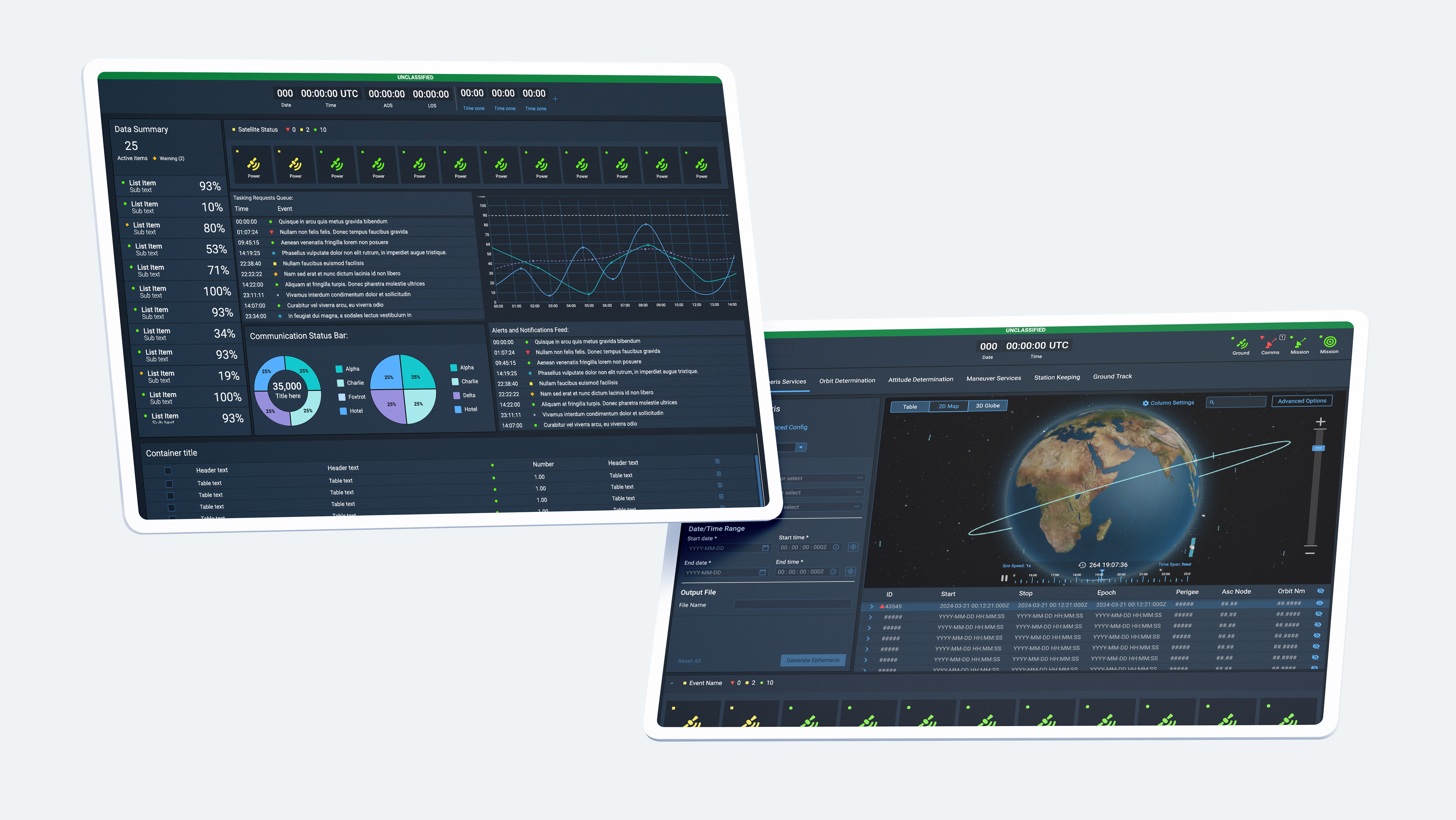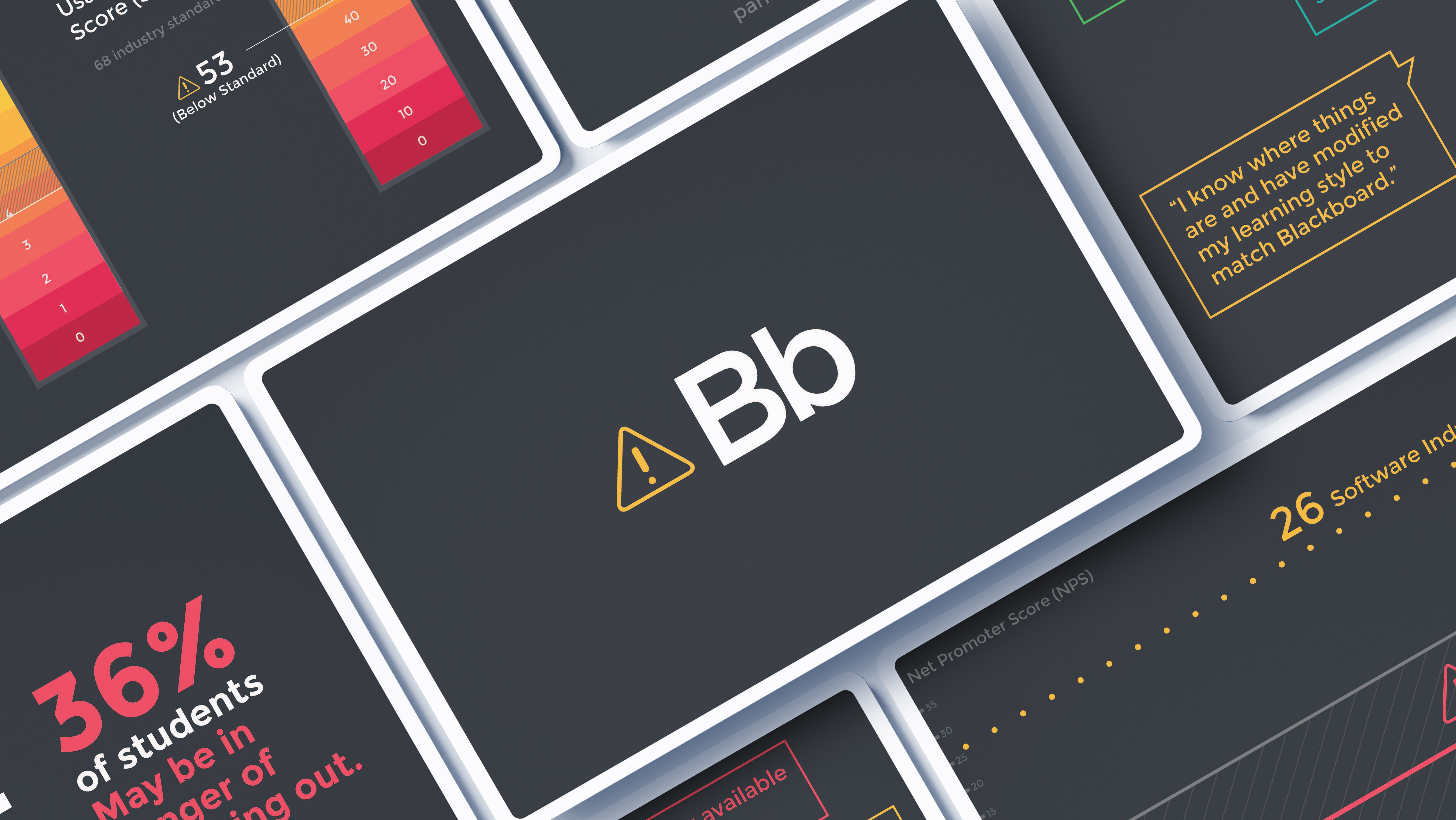Project
MASHHomeCare.com and Web.ConnectNetwork.com sitemap exploration.
MASHHomeCare.com and Web.ConnectNetwork.com sitemap exploration.
Goal
To create a comprehensive map of each site to review with the site owners. These reviews would help our team distinguish the next steps with our customers.
To create a comprehensive map of each site to review with the site owners. These reviews would help our team distinguish the next steps with our customers.
Role
I was the lead UX designer on this project. I reviewed each site and created the sitemaps in Sketch.
Product & Team Information
Designed in Sketch.
This is freelance work, done through a partnership with Fresh Sparks Agency and Bear Paradise Agency.
I was the lead UX designer on this project. I reviewed each site and created the sitemaps in Sketch.
Product & Team Information
Designed in Sketch.
This is freelance work, done through a partnership with Fresh Sparks Agency and Bear Paradise Agency.
A sitemap is a visual representation of the organization of your site’s content. A sitemap is a hierarchy of nodes (usually represented as boxes) that signify the pages or content on your website. Arrows or lines demonstrate the relationship between the web pages. A site map's main benefit is to give users an overview of the site's areas in a single glance by dedicating an entire page to a visualization of the information architecture.
Creating a site map provides a visual representation of the website's structure, showcasing how different pages and content are organized and interconnected. This serves several key functions:
Creating a site map provides a visual representation of the website's structure, showcasing how different pages and content are organized and interconnected. This serves several key functions:
Information Architecture: A site map helps in planning and organizing the website's information hierarchy. It ensures that content is logically grouped and easily accessible, which improves the overall user experience.
Navigation: It aids in designing intuitive navigation paths, allowing users to find the information they need quickly and efficiently. A well-structured site map helps identify potential navigation issues before the development begins.
User Flow: Site maps illustrate the user journey through the website, highlighting key paths users might take to accomplish their goals. This helps UX designers support and streamline the most critical user tasks.
Communication: A site map is a communication tool between UX designers, developers, stakeholders, and clients. It provides a clear overview of the website's structure, making discussing and agreeing on the design and functionality easier.
Content Planning: It helps identify the necessary content and its placement within the site. This ensures that all required information is included and appropriately categorized.
Project Management: For project managers, a site map provides a high-level view of the website’s structure, which helps track progress and ensure all planned pages and features are implemented.
SEO and Accessibility: A site map can assist in planning for SEO and ensuring accessibility. Organizing content logically can help search engines crawl the site more effectively and support compliance with accessibility standards.
In summary, a site map is an essential tool in UX design for organizing content, improving navigation, enhancing communication, planning user flows, and ensuring a cohesive and user-friendly website structure.
